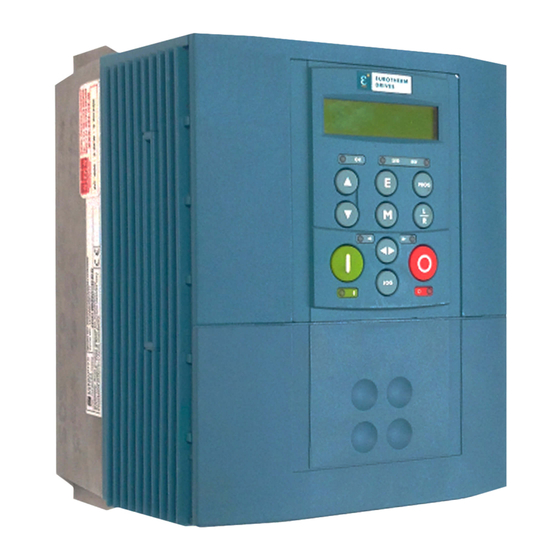
User Manuals: SSD 605C Frequency Inverter
Manuals and User Guides for SSD 605C Frequency Inverter. We have 1 SSD 605C Frequency Inverter manual available for free PDF download: Product Manual
SSD 605C Product Manual (236 pages)
Frequency inverter
Table of Contents
-
Etting
13 -
Nverter
17 -
-
Power Board20
-
-
Nverter
23 -
Perating the
37 -
Nverter
37 -
Perator
51 -
Station
51 -
-
-
Analog Digin72
-
Analog Input74
-
-
-
Autotune81
-
Encoder93
-
Fluxing94
-
Flycatching96
-
Inj Braking98
-
I/O Trips99
-
I*T TRIP100
-
-
Chapter 2 JOG
101-
Local Control102
-
Logic Function103
-
Minimum Speed107
-
Multiplexer108
-
Operator Menu109
-
Op Station110
-
Password112
-
Pattern Gen113
-
-
Chapter 3 PID
114-
Preset116
-
-
-
Reference119
-
Sequencing Logic121
-
Setpoint Scale123
-
Skip Frequencies124
-
Slew Rate Limit126
-
Slip Comp127
-
Stabilisation128
-
Stall Trip129
-
Stop130
-
System Port (P3)131
-
System Ramp132
-
Tec Option134
-
Trips History135
-
Trips Status136
-
Underlap Comp138
-
Value Function139
-
Vector Fluxing146
-
Voltage Control147
-
Zero Speed148
-
-
Trips
151-
Checksum Fail154
-
Fault Finding
154 -
Repair
155 -
Specification
163 -
Specifications
185-
EMC Compliance188
-
Digital Inputs191
-
Digital Outputs191
-
-
-
Brake Motors
207 -
Dynamic Braking
209 -
-
Configed Lite213
-
-
-
Macro 0215
-
Advertisement
Advertisement
